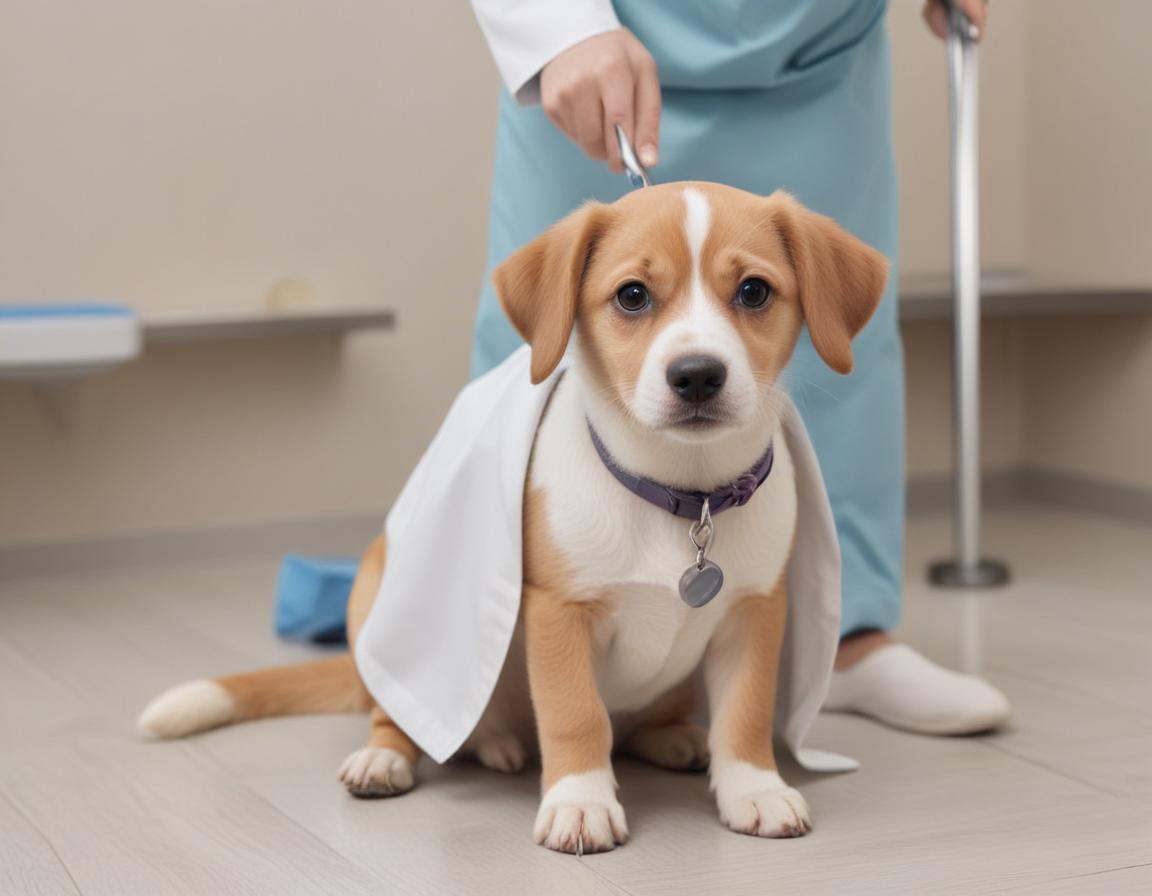
When to Take Your Pet to the Vet: Warning Signs You Shouldn’t Ignore
The health of our beloved pets is a top priority that we must consider as responsible owners. Often, it can be challenging to determine the right moment to take our furry friends to the veterinarian, especially if we are unfamiliar with the signs that indicate discomfort or health problems. This article aims to provide insights into the warning signs that should prompt a vet visit, ensuring the well-being of our pets.
1. Behavioral Changes
One of the first indicators that something is wrong with a pet is a noticeable change in their behavior. If a dog or cat becomes less active, avoids play, hides, or displays unusual aggression, it’s crucial to pay attention. These changes can be signs of pain or discomfort that require veterinary attention.
2. Eating Issues
Alterations in eating habits are another red flag. If your pet stops eating or shows a change in their interest in food, along with persistent vomiting or diarrhea, it’s advisable to have a veterinarian assess their condition. Dehydration, which can result from these problems, is also a symptom that should not be ignored.
3. Breathing Difficulties
Respiratory issues are concerning and require immediate attention. If your pet exhibits persistent coughing, wheezing, or rapid breathing, it’s critical to head to the vet as soon as possible. These symptoms could indicate life-threatening respiratory illnesses.
4. Weight Changes
A significant increase or decrease in weight over a short period can be a sign of health issues. Monitoring your pet’s weight and observing any unexpected changes can allow you to catch conditions like diabetes, thyroid issues, or digestive diseases, all of which require veterinary care.
5. Skin and Coat Problems
The skin and coat of our pets often reflect their general health. The presence of rashes, hair loss, excessive itching, or foul odors can be signs of allergies, infections, or parasites. A veterinary examination can help identify and treat these issues.
6. Signs of Pain
Pets are very good at hiding their pain, but some signs may be evident. Whining, limping, difficulty getting up, or changes in posture can indicate that your pet is experiencing discomfort. If you observe these symptoms, it’s essential to seek veterinary attention to determine the underlying cause.
7. Changes in Elimination Habits
Any alteration in urinary or bowel habits can also indicate health issues. If you notice that your pet is urinating more frequently, has trouble urinating, or exhibits diarrhea or constipation, it’s advisable to have a veterinarian evaluate their condition.
Conclusion
Being attentive to our animals’ warning signs is crucial for ensuring their well-being. Recognizing changes in behavior, eating, breathing, weight, skin, and elimination habits can make a significant difference in your pet’s health. It’s always better to err on the side of caution and consult a veterinarian if you have any doubts. The health of our furry companions is invaluable, and early intervention can help prevent more significant complications. Remember, as responsible owners, our priority is to ensure a long and healthy life for our pets.
To further support your dog’s health, consider exploring UltraK9 Pro. This product contains a unique blend of primal nutrients designed to clear toxins and promote overall wellness, helping your pet reclaim its natural energy and vitality.



